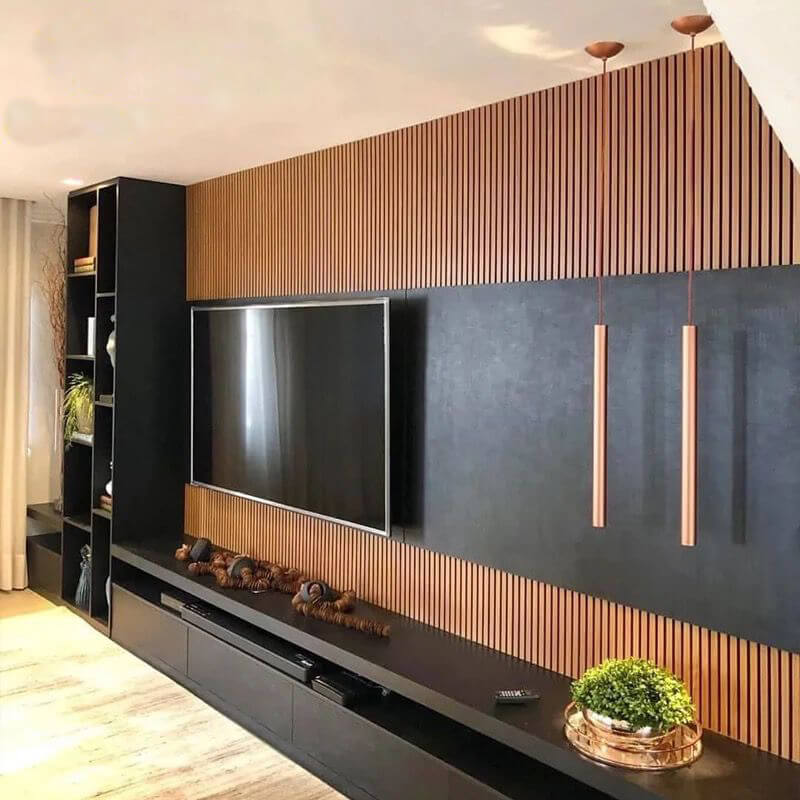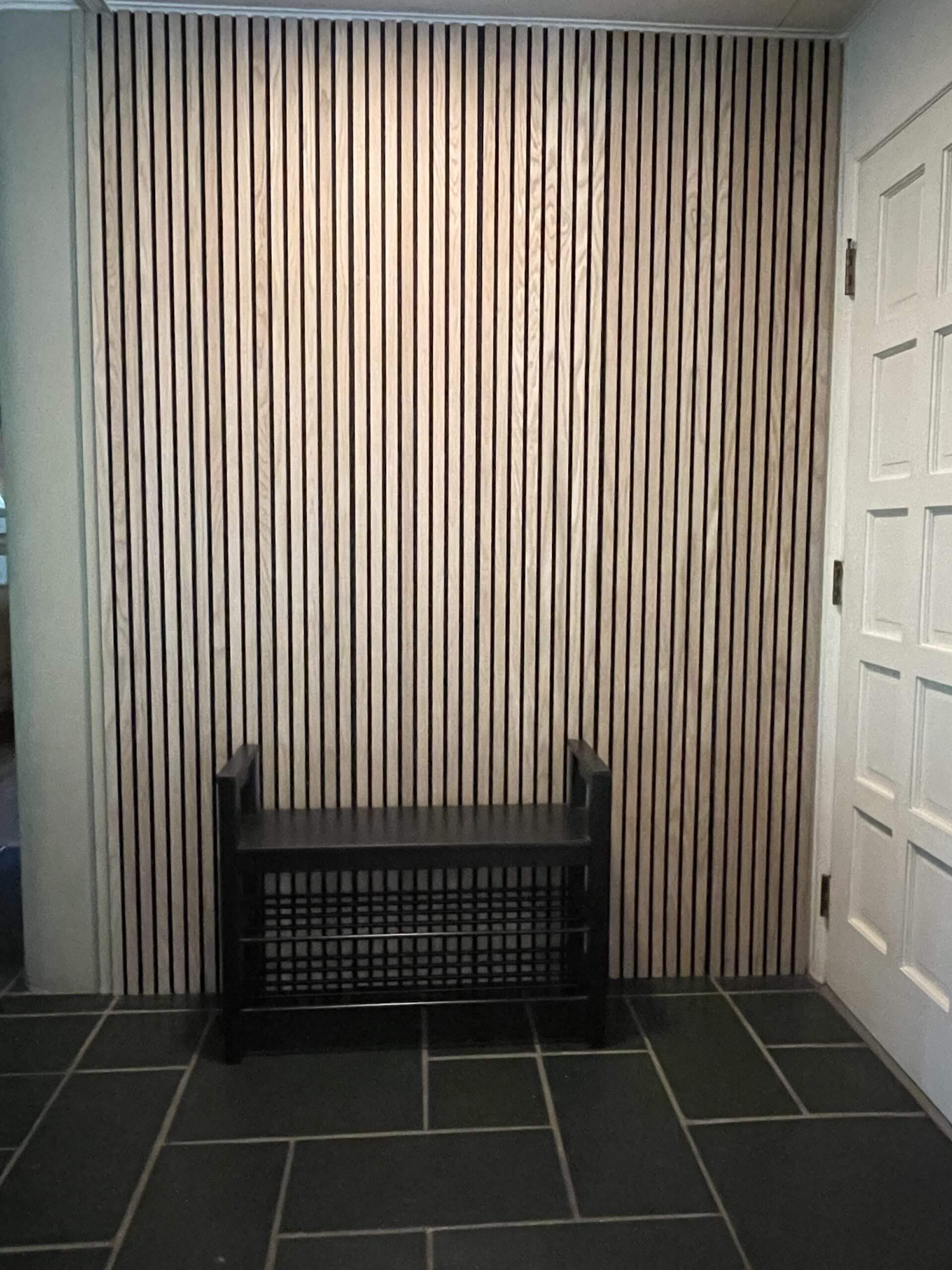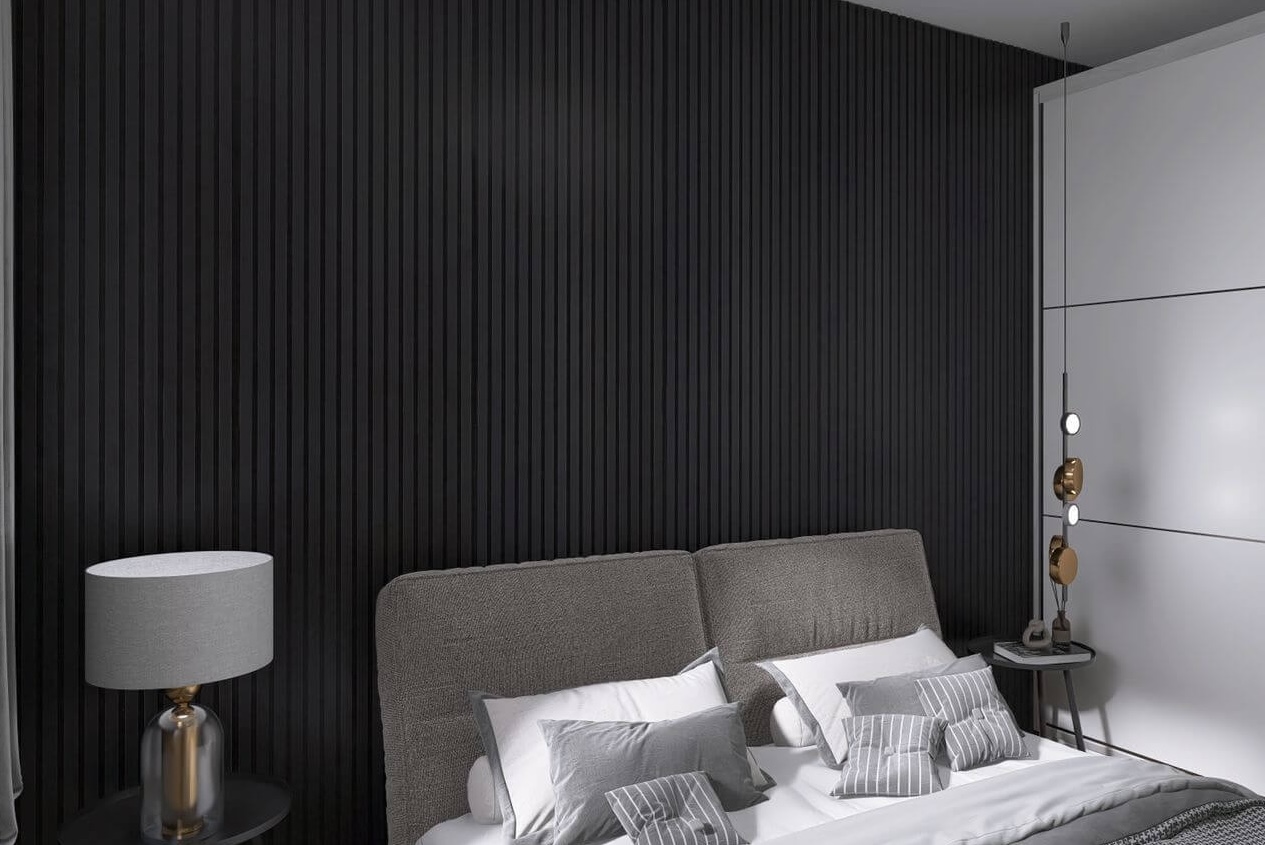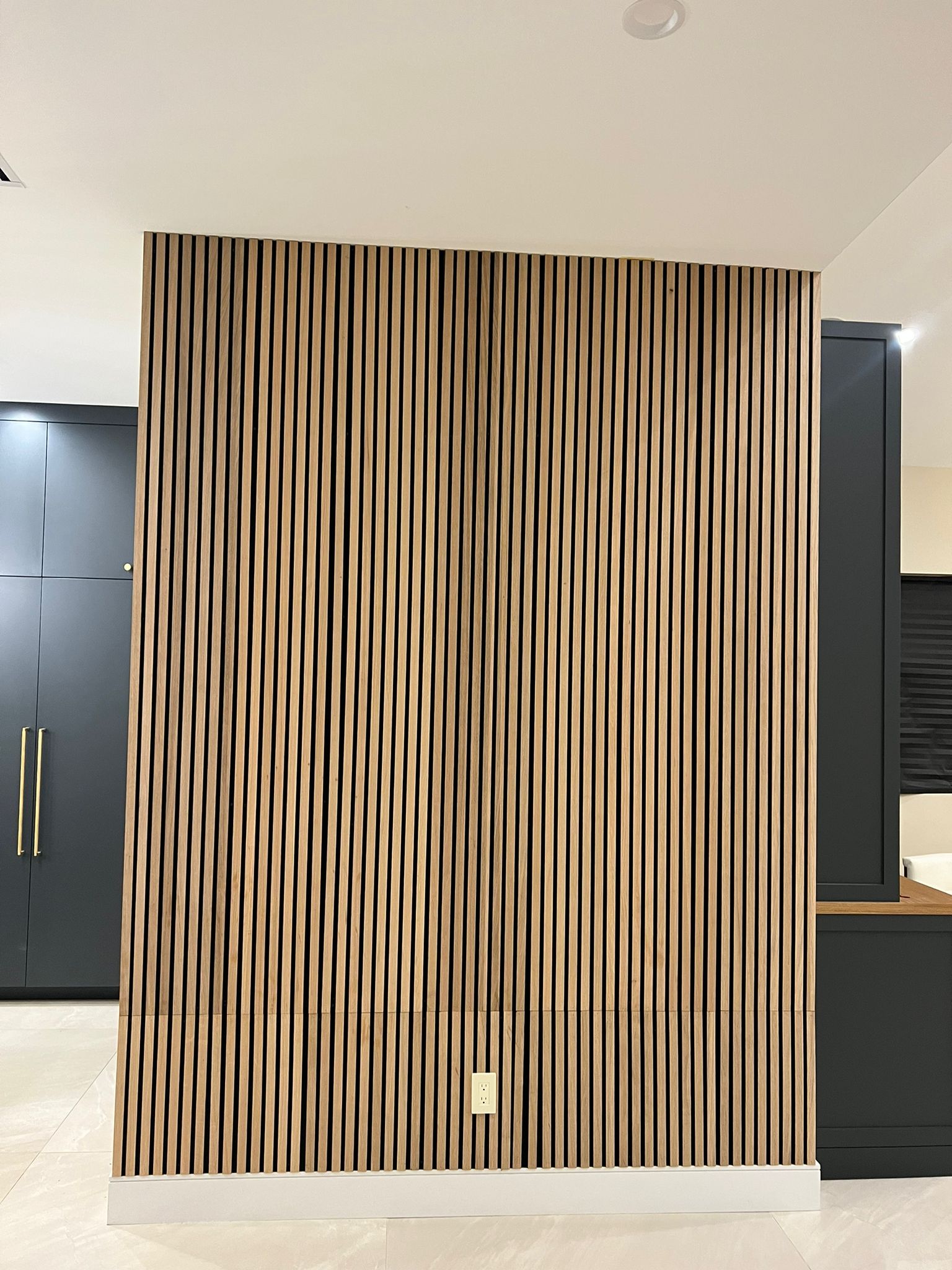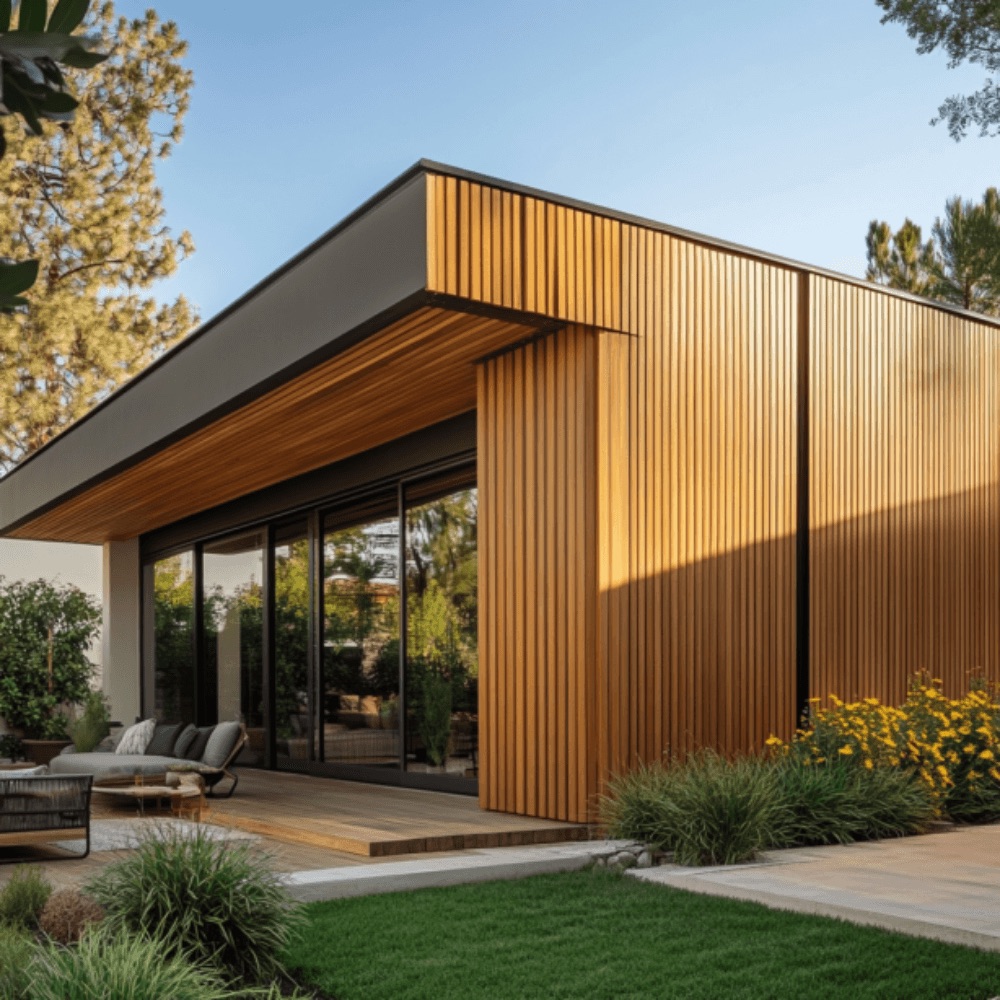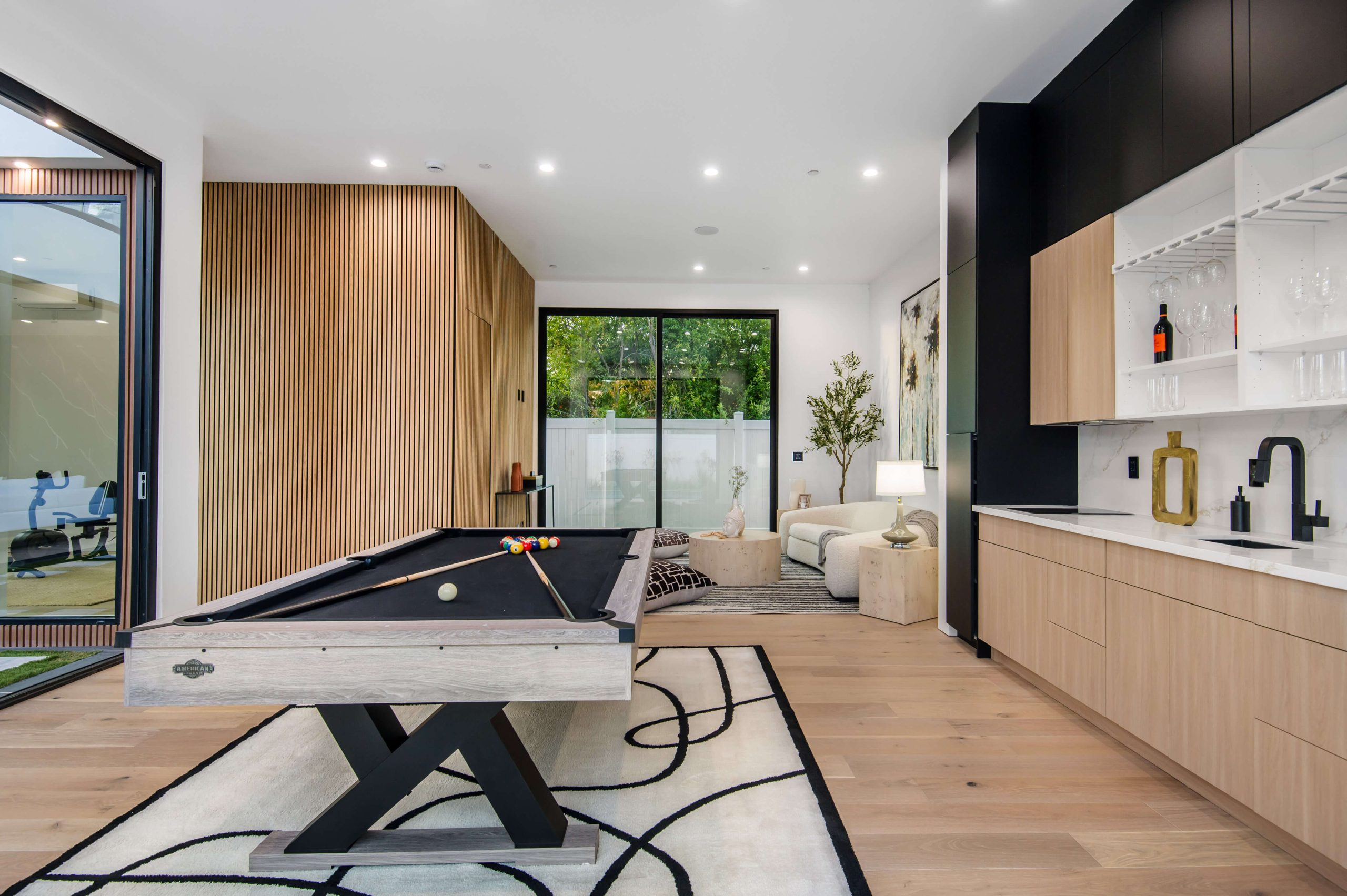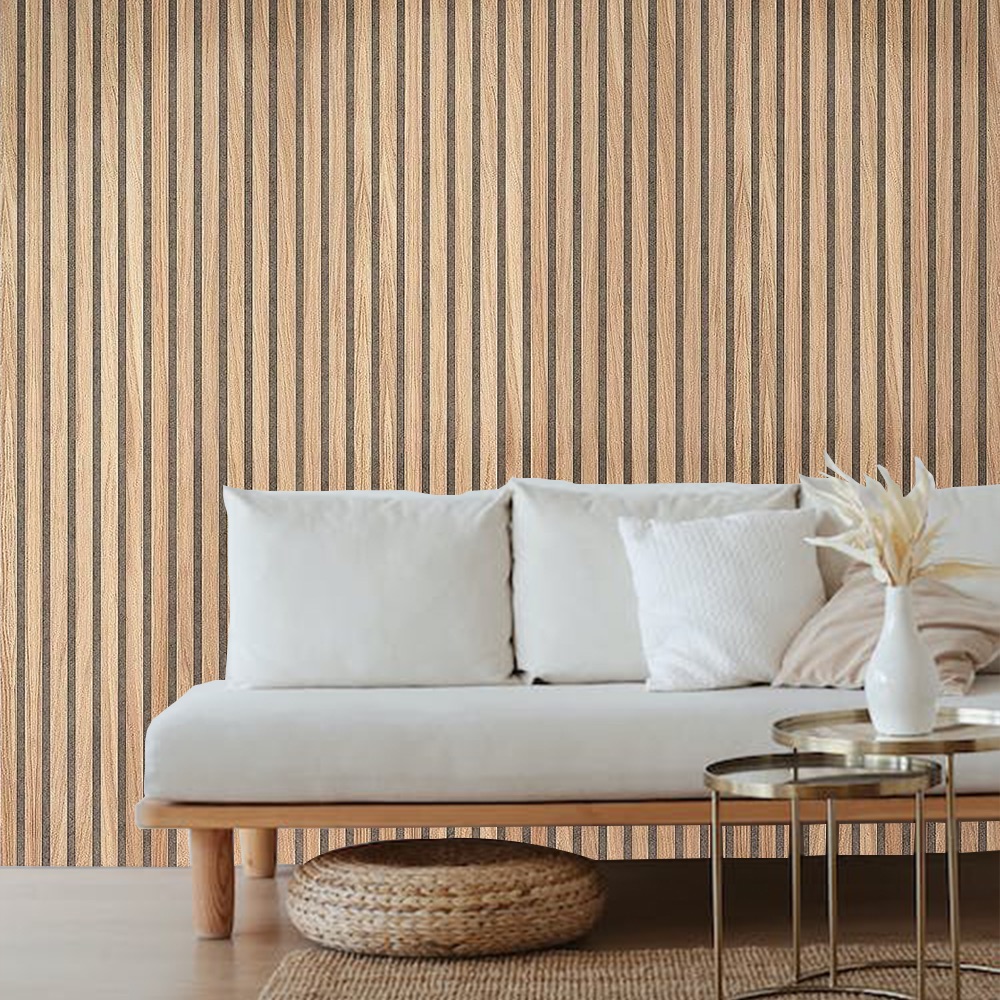Picking the right wood panels for your walls can feel like a big decision. We all want our spaces to look great, but it’s just as important to make smart choices that help the planet. When we choose eco-friendly wood panels, we’re not only adding beauty to our homes—we’re also making a real difference. Here’s how to make the best pick without feeling overwhelmed.
Know What Eco-Friendly Really Means
When we say eco-friendly, we’re talking about products that don’t harm the environment. But how can we tell which panels truly fit that label? The key is looking at how the wood is sourced, treated, and finished. To choose eco-friendly wood panels, we need to make sure they come from responsibly managed forests and don’t carry harmful chemicals.
Here are a few things to check:
- FSC certification – This means the wood comes from forests that are managed in ways that protect animals, plants, and workers.
- Low VOC finishes – These are coatings that don’t release dangerous fumes into the air.
- Reclaimed or recycled wood – Using wood that’s been saved from old buildings or repurposed cuts down on waste.
If a wood panel product checks these boxes, it’s a strong sign you’re on the right track. Always look for labels and ask questions before buying. It helps make your choice more eco-conscious.
Choose Eco-Friendly Wood Panels That Match Your Space
Every room has its own style and vibe. Some are cozy and rustic, while others feel clean and modern. To choose eco-friendly wood panels that suit your room, think about how the color, size, and texture of the panels fit with the rest of the space.
Let’s break it down:
- Light woods like oak or maple can brighten smaller rooms.
- Darker woods like walnut or mahogany feel warm and rich.
- Wide slats make a room look modern and sleek.
- Narrow slats give a more classic or traditional look.
Picture a soft oak panel wall behind your couch or in a home office. Now imagine that same wall with deep, dark panels that feel dramatic and bold. Both are eco-friendly options—you just have to find the one that feels right.
If you want something that looks good and helps with sound, consider the bold and stylish slat wood options like the Natural Oak Acoustic Slat Wood Wall Panels. These not only look beautiful, but they also make rooms quieter.
Materials Make the Difference
Not all wood panels are created equal. The material itself plays a big role in how eco-friendly the panel really is. When you choose eco-friendly wood panels, pay attention to what they’re made from and how they’re treated.
Here are some common materials and what to know:
A. Solid Wood
- Made from real timber
- Durable and long-lasting
- Best when FSC-certified
B. Engineered Wood
- Layers of wood glued together
- Often uses fewer trees
- Check for low-VOC glues
C. Reclaimed Wood
- Taken from old buildings or furniture
- Each panel has a story
- Reduces demand for new logging
No matter the type, always ask about the source. Choosing wood from nearby forests is better for the planet because it cuts down on shipping pollution.
Choose Eco-Friendly Wood Panels That Last
Durability matters. There’s nothing eco-friendly about a product that wears out quickly and ends up in the trash. To choose eco-friendly wood panels that last, look for signs of strong craftsmanship and good construction.
Look out for:
- Moisture resistance – helps the panels survive in bathrooms or kitchens
- Scratch resistance – keeps them looking good longer
- Easy maintenance – you don’t want to use strong chemicals to clean them
If a panel is built to last and easy to care for, you won’t have to replace it anytime soon. That means less waste and a lower impact on the environment.
The Finishing Touch: Style Meets Sustainability
Style doesn’t have to suffer when you choose eco-friendly wood panels. In fact, these choices often stand out more because they’re unique and natural. Many eco-conscious builders and designers are finding ways to blend beauty with responsibility.
Some great style ideas:
- Mix wood panel types in one space
- Use panels vertically for a taller feel
- Add wood panels to ceilings for a cozy look
Want help finding a style that works for you? Explore unique designs and wood styles that combine smart choices with striking visuals.
How to Spot Greenwashing
Sadly, not every “green” product is what it claims to be. Companies might use words like “eco” or “natural” without backing them up. To truly choose eco-friendly wood panels, we have to go a step further and do a little digging.
Here’s how to tell if it’s the real deal:
- Check certifications – FSC, PEFC, or other trusted programs
- Read the label – If it doesn’t say how the wood was sourced, be cautious
- Ask questions – A good seller will gladly share the details
Choosing eco-friendly wood panels is about more than a label. It’s about trusting the product and the people behind it.
Top Questions Buyers Ask
Let’s answer a few common questions people have before they choose eco-friendly wood panels:
Q: Will they work in humid areas like bathrooms?
A: Yes, if the panels are treated for moisture and sealed properly.
Q: Are they expensive?
A: Sometimes they cost more upfront, but they last longer and save money over time.
Q: Can I install them myself?
A: Many panels are made for easy DIY projects, but always check the instructions first.
Q: Do they come in different colors?
A: Yes! Eco-friendly wood panels are available in a wide range of colors and finishes.
If you’re not sure how your wall panels will look with your floors, check out this helpful guide for matching wood wall panels with flooring. It’s packed with ideas and visuals.
Why It All Matters
Every time we choose eco-friendly wood panels, we’re voting for a better future. We lower pollution, protect forests, and create beautiful spaces at the same time. And it’s easier than ever to find panels that are both good-looking and good for the Earth.
Here’s a quick list to keep in mind:
- Always check for certifications like FSC
- Ask about VOC levels
- Pick local or reclaimed wood when possible
- Make sure the style fits your room
- Choose long-lasting options
Wood panels are more than decoration—they’re a chance to make a positive change. By taking a little extra time to choose eco-friendly wood panels, we’re doing something that matters.
Let’s make our walls work harder—not just for beauty, but for the planet too. Ready to see your options? Check out our full range of wood panel designs and inspirations and find the perfect match for your next project.
FAQs
1. How do I know if the wood panels I’m buying are truly eco-friendly?
Look for trusted certifications like FSC (Forest Stewardship Council) or PEFC, which confirm the wood is sourced from responsibly managed forests. Also, check for low-VOC finishes and ask if the panels use recycled or reclaimed materials. If the company is transparent about where the wood comes from and how it’s made, that’s a good sign.
2. Can I use eco-friendly wood panels in humid areas like bathrooms or kitchens?
Yes, you can—but make sure the panels are treated for moisture and have a proper seal. Some eco-friendly wood panels are designed specifically to handle humidity, so always double-check product specs before installing.
3. Will choosing eco-friendly panels limit my style or design options?
Not at all. Eco-friendly wood panels come in many styles, colors, and textures—everything from clean modern slats to rustic reclaimed looks. You can match them to just about any room design while still staying environmentally conscious.
4. Are eco-friendly wood panels more expensive than regular ones?
They can be slightly more expensive upfront, but they usually offer better quality, durability, and health benefits (like reduced chemical exposure). Over time, this often means fewer repairs or replacements, which saves money in the long run.
5. Can I install eco-friendly wood panels myself, or do I need a professional?
Many eco-friendly panels are designed for DIY installation and come with user-friendly guides. If you’re handy with basic tools and follow the instructions, you can usually do it yourself. For more complex layouts or moisture-prone areas, a professional installer might be the better choice.

